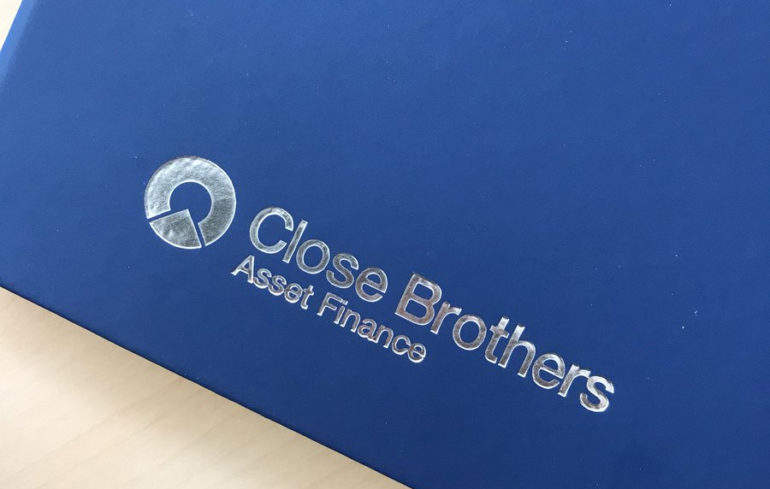
With continuing focus on the lending regulatory environment, coupled with important changes to tax and accounting regulations, asset finance such as leasing has become increasingly commoditised and products are being driven to fit within pre-approved product categorisations. IAA Advisory’s Nigel McInerny, Chris Sibley and Lindsay Town assess the options for big-ticket asset finance.
In the high-volume, service-oriented world of SME and vendor finance, a more standardised approach is most suitable. Here, the key challenges of improving service, reducing cost and managing portfolio risk, together with timely credit approvals backed by pre-assessed regulatory compliance procedures, are the dominant areas of competition.
These challenges are fundamental to lender success. However, for big-ticket asset finance transactions, where flexible and tailored solutions have always been the norm and remain an important requirement of clients, the product-based approach is much less satisfactory.
This has pushed clients to consider other financing solutions believed to be better able to meet their flexibility requirements, but which in themselves bring other complexities – external ratings and syndication structures, for example. Historically, big-ticket structured leases tended to be highly complex due to the maze of tax regulations and the ability to claim capital allowances.
This has, at times, made some potential customers wary of revisiting the product. However, the historic traits of bigticket leasing were often designed to optimise tax benefits and required complex indemnifications against changing rules and rates. Those days are all but gone and, consequently, modern leases can be far more flexible and even user-friendly – not an accusation often levelled at the old-style highvalue structured leasing transactions.
At IAA-Advisory we believe, and have seen, that many of the techniques used historically in big-ticket leasing can be refocused and employed to structure transactions. These transactions can then take on new relevance for both lenders and funders wishing to maximise the benefits available from asset finance. In particular, the application of leasing in the area of increasingly complex regulation, both for users as well as providers, starts to make increasing economic sense.
How well do you really know your competitors?
Access the most comprehensive Company Profiles on the market, powered by GlobalData. Save hours of research. Gain competitive edge.

Thank you!
Your download email will arrive shortly
Not ready to buy yet? Download a free sample
We are confident about the unique quality of our Company Profiles. However, we want you to make the most beneficial decision for your business, so we offer a free sample that you can download by submitting the below form
By GlobalDataThe management of regulatory capital and associated risk-return balance remains extremely important for some funders, and the ability to structure cost-effective and customer responsive alternatives to complement traditional debt or bond markets, is key to many borrowers. To reinvigorate the big-ticket leasing market, understanding the drivers of both sides and sympathetically matching funders to clients are more important than ever.
OVERALL FRAMEWORK#
Increasingly, we have seen a number of large leasing transactions being discussed, and a number successfully closed, where the overall framework of leasing as a product is used to provide highly flexible and tailored solutions but is accounted for in the same way as a simple loan. Some of the key techniques we have employed have combined the benefits of short-term flexible liquidity, as seen in traditional syndicated revolving credit facilities, with highly flexible term funding options – potentially with some elements of indexation.
These features have been coupled with low capital amortisation and funding optionality in order to cater for varied future interest rates, levels and yield curve scenarios. With some tailored structuring, and a good knowledge of the rules and requirements, it is now also feasible to construct high-value leasing structures that qualify under Green Bond provisions Big-ticket leasing is a keen area of focus for IAA-Advisory and our partners.
We believe the reliance on the bond markets and other general international finance, which are highly global market-and institution-dependent regarding price and availability, as being a key concern for many prudent UK borrowers. In particular, the continuing uncertainty of Brexit and the likely exit of some traditional long-term funders, such as the EIB, along with the impact on banking groups from new capital and accounting rules, are adding to this concern.
This is why many clients are already exploring leasing structures for their key asset acquisitions. In summary, it is clear to us that big-ticket leasing in the UK, which is tailored to client and funder needs, will again become an important funding mechanism for clients with a requirement to fund high value long life assets. Big-ticket leasing’ will be able to compete with – or better – other forms of general long-term finance which are not linked to or benefit from direct asset security. As is often the case with the asset finance industry, it is constantly evolving and adapting to new circumstances, and we see a strong potential for the revitalisation of the much-mourned big-ticket sector.







